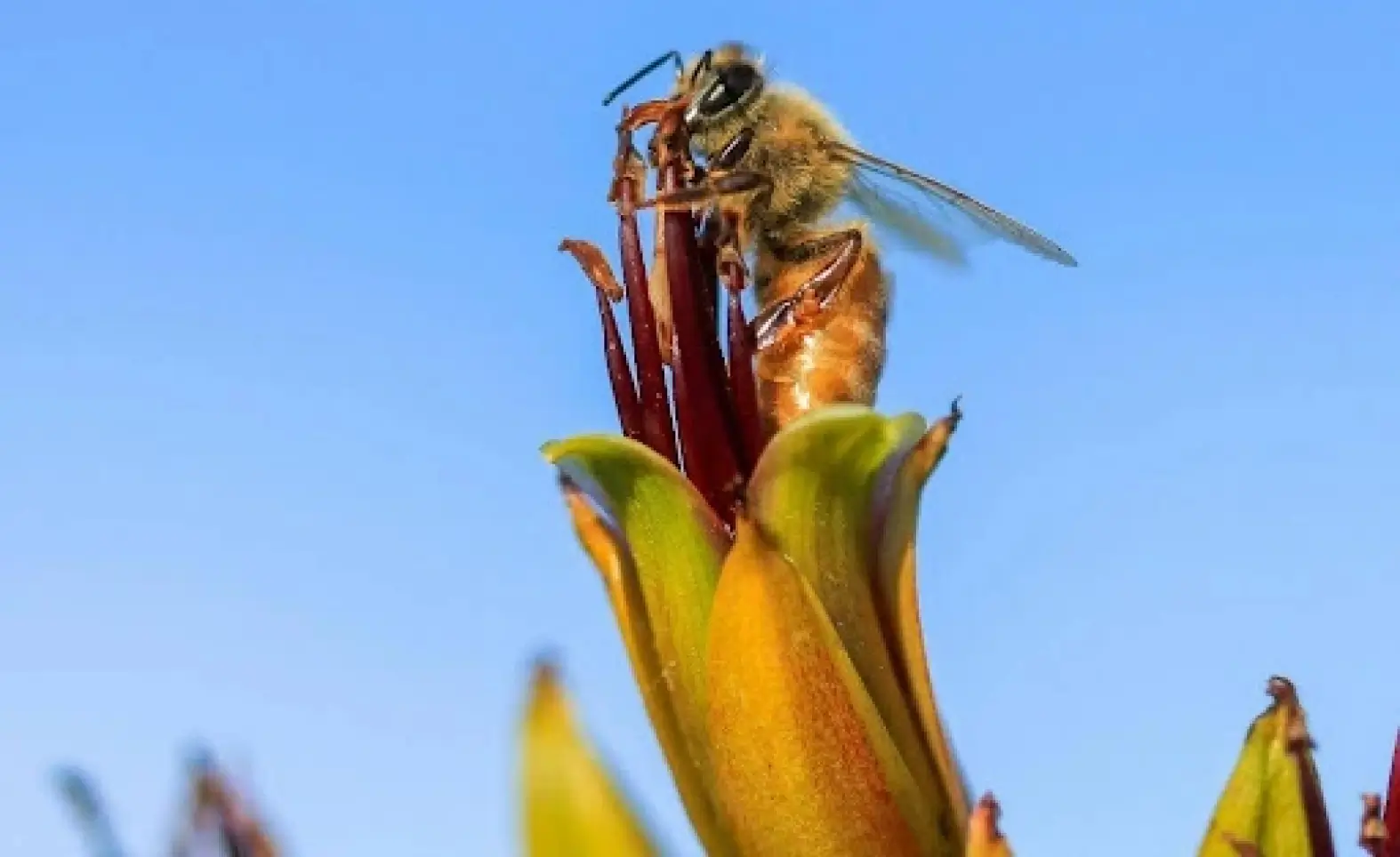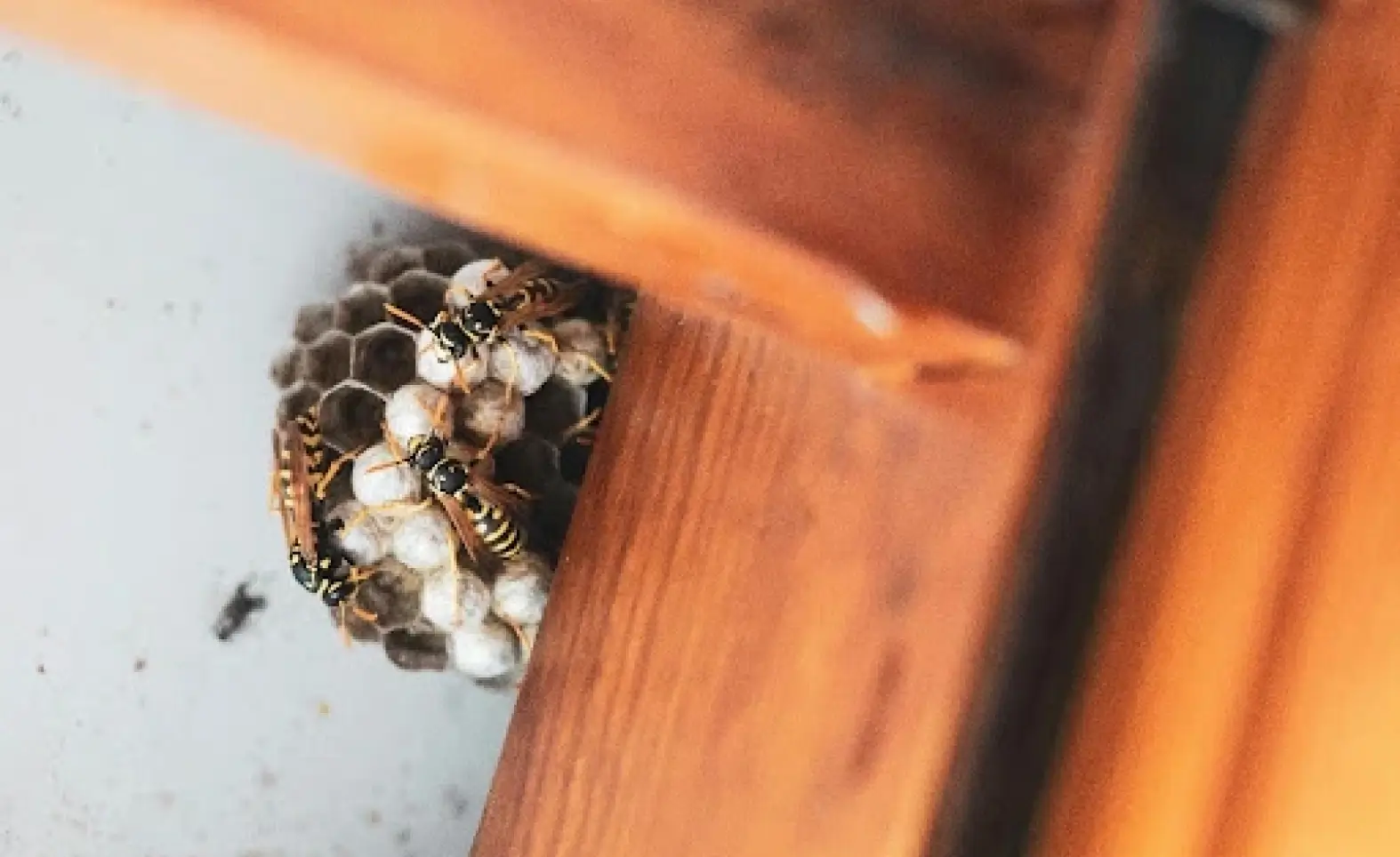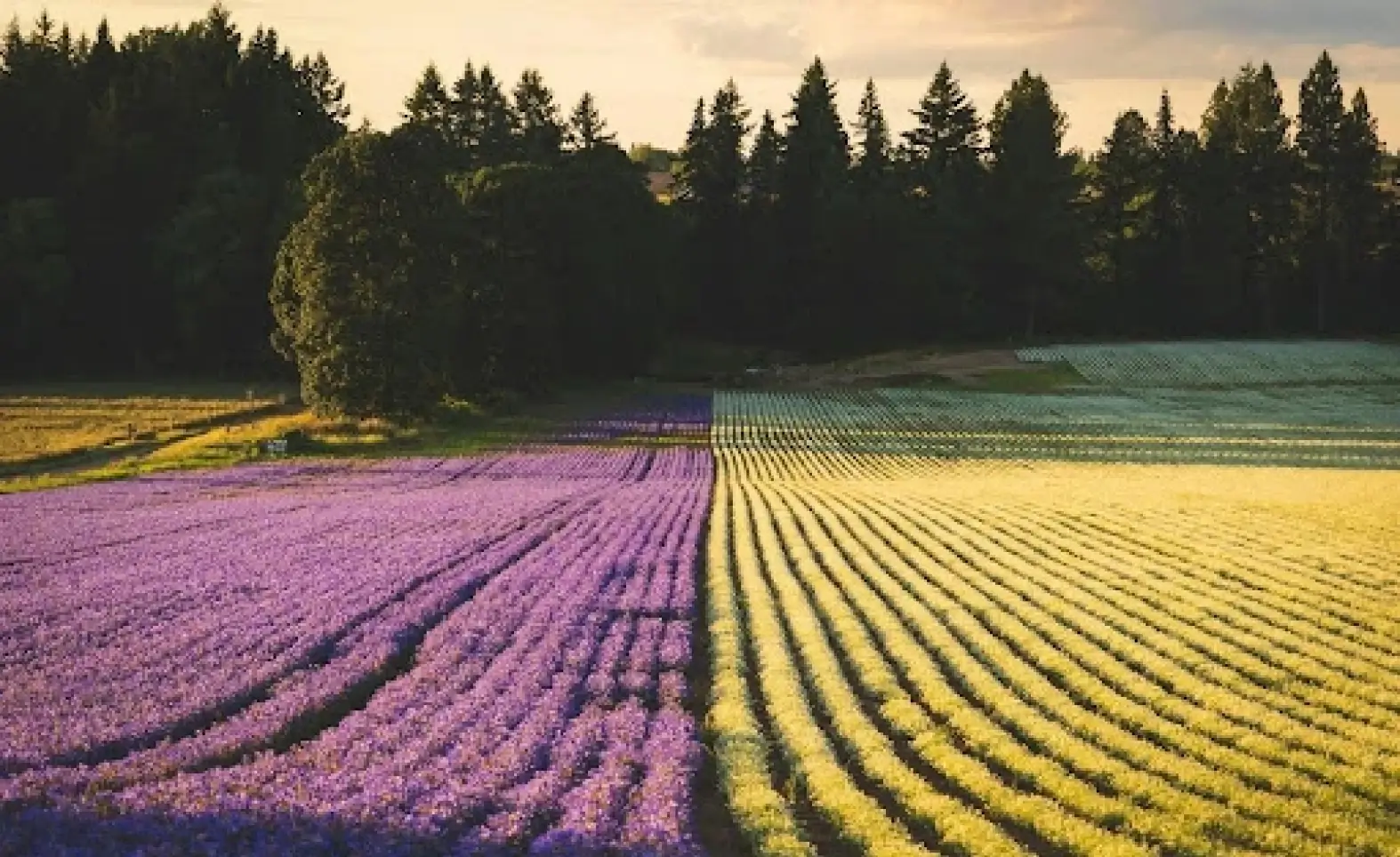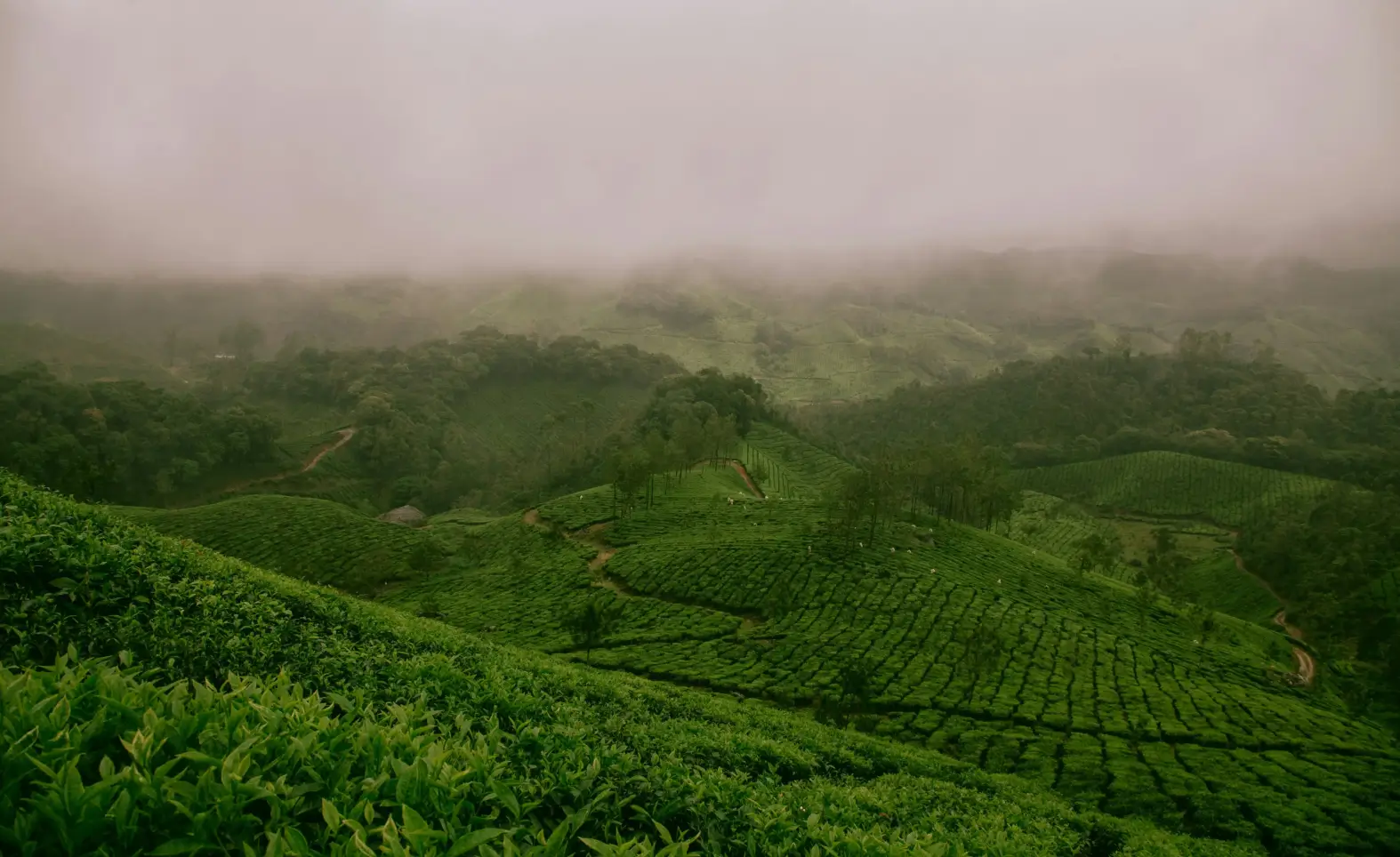Cultivating Life on Barren Earth: Crafting a Lush Biosphere Teeming with Nature's Allies
In an extraordinary transformation, a once barren stretch of land has been nurtured into a thriving biosphere—where nature’s most delicate allies, pollinators and beneficial insects, find a sanctuary.

In an extraordinary transformation, a once barren stretch of land has been nurtured into a thriving biosphere—where nature's most delicate allies, pollinators and beneficial insects, find a sanctuary. This lush, green environment not only promotes biodiversity but also fosters a sustainable ecosystem, striking a perfect balance between nature and human care. Here's how this verdant haven came to life, and how the presence of pollinators can be the foundation of a truly flourishing landscape.
Pollinators: The Stewards of a Flourishing Ecosystem

- Restored Harmony: The introduction of pollinators like bees and butterflies breathes life into the ecosystem, playing a vital role in enhancing biodiversity and ensuring the survival of diverse plant species.
- Elevated Crop Yields: Effective pollination significantly increases the production of fruits and seeds, making plants more abundant and vibrant in their growth.
- Sustained Soil Vitality: The activity of beneficial insects contributes to healthier soil, allowing the biosphere to thrive without the need for chemical pesticides or artificial enhancements.
(Our mission aligns with fostering a sanctuary where both plants and animals thrive naturally, enriching the landscape with their presence.)
Strategic Steps to Attract Pollinators and Beneficial Insects

- Curating Native Flora: By planting a carefully selected range of native flowering plants, you provide year-round sources of pollen and nectar that entice pollinators and ensure continuous biodiversity.
- Crafting Natural Habitats: Small features like insect hotels or wildflower patches offer much-needed shelter for beneficial insects like ladybugs, enhancing their role as natural pest controllers.
- Reducing Chemical Footprint: By avoiding harmful synthetic pesticides, you create an environment where pollinators flourish, maintaining the delicate balance of the ecosystem while preserving insect diversity.
Designing a Self-Sustaining Biosphere

- Diverse Landscapes: A mix of flowers, trees, shrubs, and crops provides a multi-layered ecosystem that invites a variety of insects and wildlife, creating a harmonious and self-sustaining habitat.
- Cover Crops for Resilience: Planting cover crops not only revitalizes the soil but also offers a natural shelter and food source for insects during different seasons.
- Water Features for Attraction: Introducing simple water sources, such as ponds or birdbaths, ensures that pollinators remain hydrated and active, increasing their presence and contribution to the ecosystem.
Conclusion

From barren to bountiful, the creation of this lush biosphere exemplifies how delicate natural elements, like pollinators and beneficial insects, can breathe life into the land. By focusing on biodiversity and sustainable practices, this exclusive environment not only elevates agricultural productivity but also champions the harmony between nature and human stewardship. The commitment to fostering a self-sustaining, balanced ecosystem reflects a premium approach to living in harmony with nature.
To learn more about our journey in crafting this extraordinary biosphere, visit Sanctity Ferme and explore our eco-friendly initiatives.
